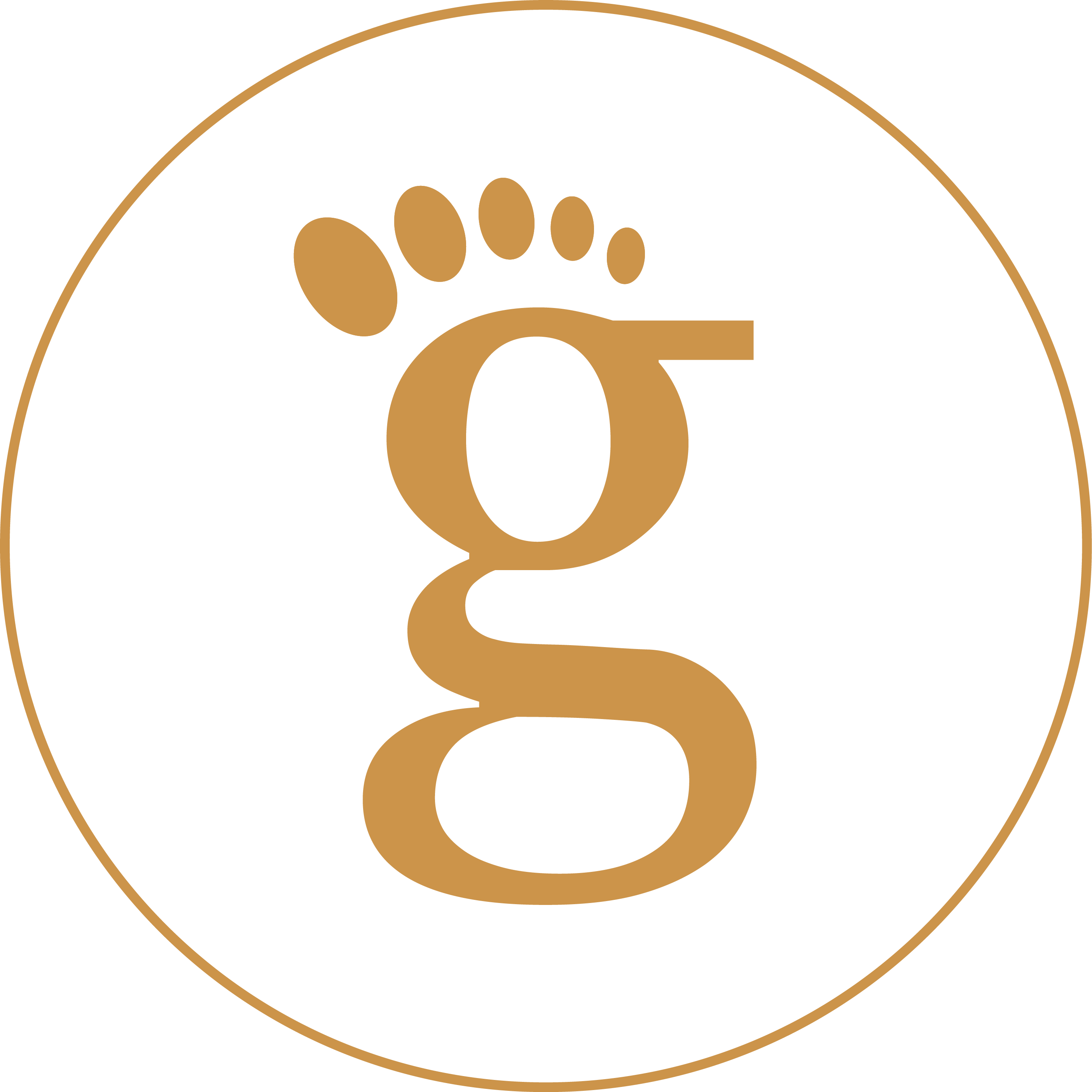heel pain Treatment

Heel pain can significantly impact your daily life and affect your gait over time. At Gauld Foot & Ankle, Dr. Sheth offers in-office diagnostic testing to determine the cause of your heel pain. She has expertise in creating customized treatment plans using conservative therapies to alleviate your pain and preserve the stability and function of your heel.
what is heel pain?
Heel pain is a common foot problem that can be caused by a variety of factors. If you are experiencing heel pain, it is important to see a doctor or a physical therapist for an accurate diagnosis and appropriate treatment. Treatment options may include rest, ice, physical therapy, orthotics, and, in some cases, surgery.
heel pain symptoms
The symptoms of heel pain may include:
- Pain or discomfort in the heel, especially when first getting out of bed in the morning or after sitting for a long period of time.
- Stiffness in the heel, which may improve with movement but return after prolonged standing or sitting.
- Swelling or tenderness in the heel.
- A burning or aching sensation in the heel.
- Pain that is worse after exercise or long periods of standing.
- Pain that is most severe first thing in the morning or after a period of inactivity.
- Limping, difficulty putting weight on the affected foot, or a change in the way you walk.
- In some cases, there may be a visible bump or protrusion on the heel.
Meet with our team to get started on your treatment for heel pain.
what causes heel pain?
Heel pain is a common foot problem that can be caused by a variety of factors. Some of the most common causes of heel pain include:
- Plantar Fasciitis: This is the most common cause of heel pain. It occurs when the plantar fascia, a band of tissue that runs along the bottom of the foot, becomes inflamed or irritated. It is often characterized by sharp pain in the heel, especially with the first steps in the morning or after prolonged periods of rest.
- Achilles Tendinitis: The Achilles tendon connects the calf muscles to the heel bone. When this tendon becomes inflamed or strained, it can cause pain in the back of the heel. Achilles tendinitis is commonly seen in runners and athletes who engage in activities that involve repetitive jumping or running.
- Heel Spurs: Heel spurs are bony growths that develop on the underside of the heel bone. They often result from long-term plantar fasciitis or other causes of chronic heel inflammation. Heel spurs themselves may not cause pain, but they can contribute to the overall discomfort.
- Bursitis: Bursae are small fluid-filled sacs that cushion and lubricate the joints. When the bursa in the heel becomes inflamed, it can cause pain and tenderness. Bursitis is often associated with excessive pressure on the heel or repetitive activities.
- Tarsal Tunnel Syndrome: This condition is similar to carpal tunnel syndrome but affects the foot. It occurs when the posterior tibial nerve, which runs through a narrow tunnel in the ankle, becomes compressed or damaged. Tarsal tunnel syndrome can cause heel pain, along with tingling or numbness in the foot.
- Stress Fractures: Overuse or repetitive stress on the heel bone can lead to small cracks or fractures. Stress fractures commonly occur in athletes or individuals who engage in high-impact activities without proper rest or conditioning.
- Arthritis: Certain types of arthritis, such as rheumatoid arthritis or osteoarthritis, can cause inflammation and pain in the heel joint.
- Foot Strain or Injury: Trauma to the foot, such as a sprain or strain, can lead to heel pain. This can occur from accidents, falls, or sports-related injuries.
It’s important to note that this list is not exhaustive, and other less common causes may also contribute to heel pain. If you are experiencing persistent or severe heel pain, it is advisable to consult a healthcare professional for a proper diagnosis and appropriate treatment.These conditions can cause pain and discomfort in the heel, especially when you first get out of bed in the morning or after sitting for a long period of time. The pain may also be worse after exercise or long periods of standing.
heel pain treatment
There are several treatment options for heel pain, depending on the underlying cause of the pain. Some common treatment options include:
- Rest: Avoiding activities that cause pain and inflammation can help the heel to heal.
- Ice: Applying ice to the affected area can help reduce pain and swelling. It is recommended to do it for 15-20 minutes, several times a day.
- Physical therapy: A physical therapist can teach you exercises to stretch and strengthen the muscles and tendons in your foot and leg, which can help reduce pain and inflammation.
- Orthotics: Custom-made shoe inserts (orthotics) can help to distribute pressure on the heel and relieve pain.
- Medications: Over-the-counter pain relievers, such as ibuprofen and naproxen, can help to reduce pain and inflammation. In some cases, a doctor may prescribe a stronger medication.
- Stretching : Stretching of the foot and calf muscles can be effective in reducing pain caused by plantar fasciitis, heel spurs and Achilles tendinitis
- Injections: corticosteroid injection may be given to reduce the inflammation of the heel.
- Surgery: In severe cases, surgery may be required to remove a heel spur or repair a damaged tendon.
